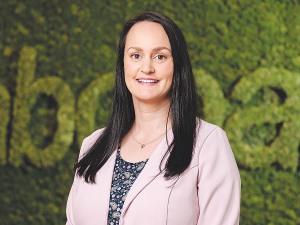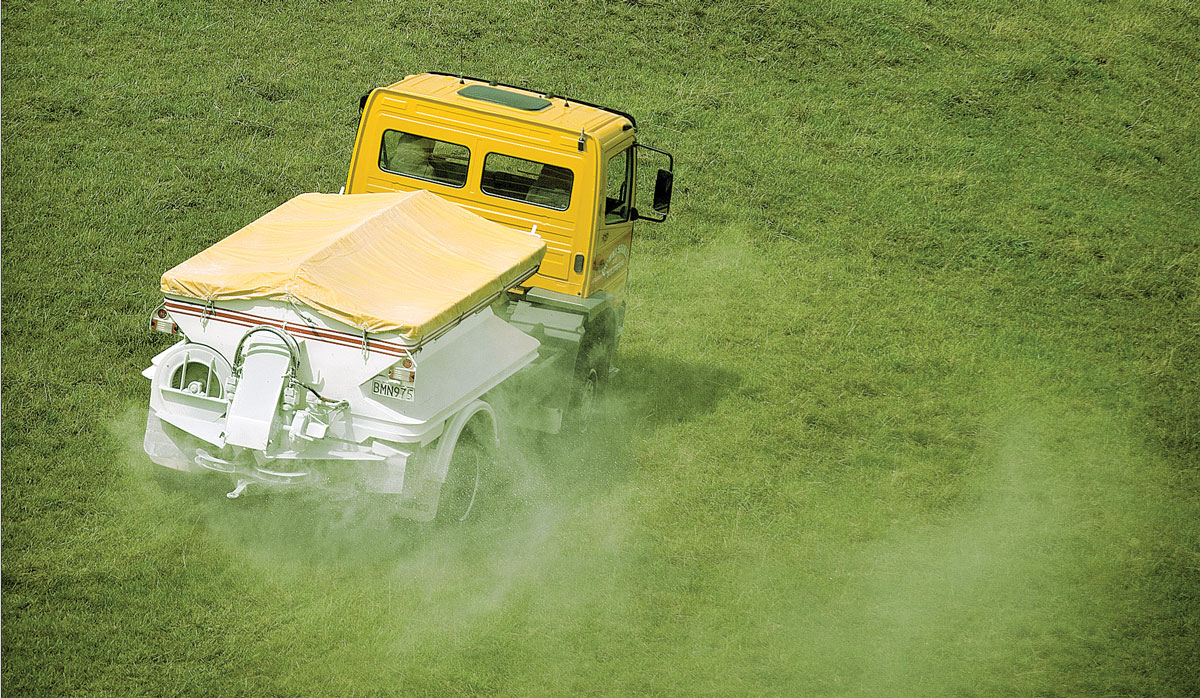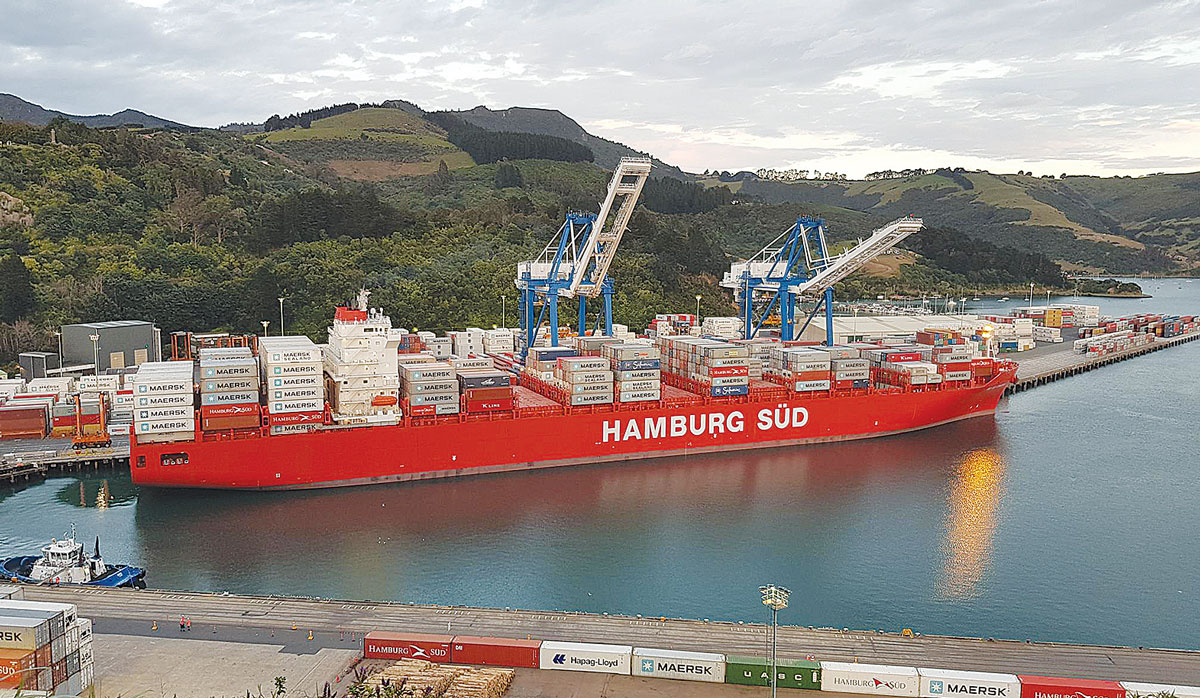Geopolitical shifts drive fertiliser market volatility – Ravensdown
According to Ravensdown's most recent Market Outlook report, a combination of geopolitical movements and volatile market responses are impacting the global fertiliser landscape.
 Rabobank’s Emma Higgins says farmer margins are likely to remain under intense pressure for at least the next 12-months.
Rabobank’s Emma Higgins says farmer margins are likely to remain under intense pressure for at least the next 12-months.
Rabobank's Emma Higgins recently outlined some of the current headaches facing the agriculture sector.
At the Tractor and Machinery Association (TAMA) Conference, held in Christchurch, she focused on a number of 'F' words - freight, fuel, fertiliser, feed, folk and farmer spending.
Higgins looked at the state of the global shipping industry and what had happened pre- and post-Covid, covering a period from early 2018 to June 2022. She explained that during the pre-Covid era, freight rates had remained largely static with most companies making little or no margin. However, since early 2020, rates had skyrocketed, alliances and consolidations had become the norm and major players were reporting margins approaching 40% or more.
Higgins warned those needing to ship goods in or out of the country not to expect freight costs to return to pre-Covid levels, even though there had been a recent softening of rates. She also noted there is an ongoing problem with scheduling reliability - boats arriving on time. Pre-Covid this was typically at 85%, but me lately was sitting at 35%.
On the trend of the largest global shippers moving to vessels dubbed "super carriers" that promised increased capacity, Higgins say this could be constrained by the number of ports that can handle hese big vessels and the likelihood of secondary shipping. In addition, the International Maritime Organisation will also introduce the new IMO 2023 regulations that set out to reduce emissions from seagoing vessels, whch will undoubtedly push up freight costs too.
 |
|---|
|
Key farm input - fertiliser - still remains expensive. |
Higgins also pointed out how fuel was also causing problems, with a forecast that prices will remain high and more "pain" to come. This is down to Russia, which currently 65% of Europe's crude oil needs, being hit with a cease seafreight in December, and prices likely to rise to between US$50 to 200 per barrel on the world markets.
The third 'F' - fertiliser, a key farm input, still remains expensive. However, Higgins says there seemed to be some differences, depending on the supply source. Moroccan-sourced DAP, available from 2018 to early 2020 at an average price of US$450/tonne, had spiked at US$1,350 in May 2020, but was now tracking downwards. Likewise, urea sourced from the Middle East had averaged around US$350/tonne for the same period - peaking at US$1,000/tonne in March 2022. But it is now trending downwards and much cheaper than European supplies.
Feed has also been impacted heavily by the war in Ukraine. Ukraine, Russia and Belarus delivered 20% of the globe's corn, 20% of its nitrogen fertiliser, 25% of canola, 35% of the wheat and barley and 85% of sunflower oil.
On 'folk', or labour, Higgins explained that low unemployment rates - 3.3% in the June quarter - had created pressure for both recruiting suitable staff to deliver maximum productivity, as well as wage inflation that experts suggest averages close to 8.5%. While the cost of doing business - be it rising interest rates or foreign exchange shifts - had both played a big part in the inflationary process.
 |
|---|
|
Pre-Covid, freight rates had remained largely static but, since early 2020, rates had skyrocketed. |
Higgins added that it looks likely that the Reserve Bank will continue to advocate higher interest rates as the preferred method to decrease demand, with the likelihood these might eventually settle at around 4%.
Higgins closed by looking at the last F-word, farmer spending. She said that year-on-year (to June 2022) grazing, cultivation and feed costs had risen by 19%, fertilisers, lime and seeds rose by 39% and fuel by 63%.
She warned that prices needed to rise to overcome these increased costs. Higgins drew attention to Fonterra's recent reduction of its forecast milksolids mid-point to $9.25, while the average breakeven point for dairy production had been calculated at $8.35/kg - leaving very slim margins.
Higgins suggested the agricultural industry is still in the trenches and fighting a savage war against inflation. She predicted that freight, fuel, fertiliser and feed costs would stay higher for longer, and the labour shortage would remain for longer.
She says farmer margins are likely to remain under instense pressure for at least the next 12-months, with a risk for the dairy sector that milk prices will fall below the cost of production.
Additional reductions to costs for forest owners in the Emissions Trading Scheme Registry (ETS) have been announced by the Government.
Animal welfare is of paramount importance to New Zealand's dairy industry, with consumers increasingly interested in how food is produced, not just the quality of the final product.
Agriculture and Forestry Minister Todd McClay is encouraging farmers and growers to stay up to date with weather warnings and seek support should they need it.
The closure of SH2 Waioweka Gorge could result in significant delays and additional costs for freight customers around the Upper North Island, says Transporting New Zealand.
OPINION: The year has started positively for New Zealand dairy farmers and things are likely to get better.
Ministry for Primary Industries (MPI) Director General Ray Smith believes there is potential for an increase in dairy farming in New Zealand.

OPINION: If the hand-wringing, cravat and bow-tie wearing commentariat of a left-leaning persuasion had any influence on global markets, we'd…
OPINION: With Winston Peters playing politics with the PM's Indian FTA, all eyes will be on Labour who have the…